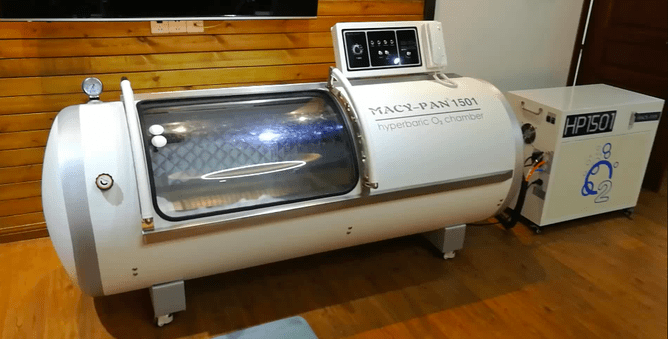The powerhouses need oxygen
Hyperbaric oxygen therapy (HBOT) may help improve the health and function of mitochondria. Mitochondria are the powerhouses of cells, responsible for producing energy in the form of ATP, and they require oxygen to function properly. HBOT involves breathing in pure oxygen in a pressurized environment, which increases the amount of oxygen that reaches the cells, including the mitochondria.
Studies have shown that HBOT can increase the oxygen supply to mitochondria, which can improve energy production. In addition, HBOT has been found to reduce oxidative stress and inflammation, which can damage mitochondria and impair their function. By reducing oxidative stress and inflammation, HBOT may help improve mitochondrial function and overall cellular health.
HBOT has also been shown to have neuroprotective effects, which may be related to its effects on mitochondria. Mitochondrial dysfunction is a key feature of many neurodegenerative diseases, such as Alzheimer's and Parkinson's disease. By improving mitochondrial function, HBOT may help protect neurons from damage and slow the progression of these diseases.
Overall, while more research is needed to fully understand the benefits of HBOT on mitochondria, there is evidence to suggest that it may have a positive impact on mitochondrial function, density, and overall cellular health.
Hyperbaric oxygen therapy (HBOT) has been shown to have anti-inflammatory effects and can help with neuroinflammation in several ways:
Reducing oxidative stress: Neuroinflammation is often accompanied by an increase in oxidative stress, which can damage cells and tissues. HBOT can reduce oxidative stress by increasing the supply of oxygen to cells and tissues. This can help to reduce inflammation and prevent further damage.
Suppressing cytokine production: Cytokines are proteins that play a key role in the inflammatory response. HBOT has been found to suppress the production of cytokines, including TNF-alpha, IL-1beta, and IL-6, which are often elevated in cases of neuroinflammation.
Stimulating antioxidant production: HBOT can stimulate the production of antioxidants, such as superoxide dismutase and catalase, which can help to neutralize free radicals and reduce inflammation.
Promoting angiogenesis: Neuroinflammation can damage blood vessels in the brain, which can lead to impaired blood flow and oxygen supply. HBOT can promote angiogenesis, or the growth of new blood vessels, which can improve blood flow and oxygen supply to the brain.
5. Enhancing neuroplasticity: HBOT can enhance neuroplasticity, or the brain's ability to adapt and reorganise itself. This can help to reduce inflammation and promote healing in cases of neuroinflammation.
